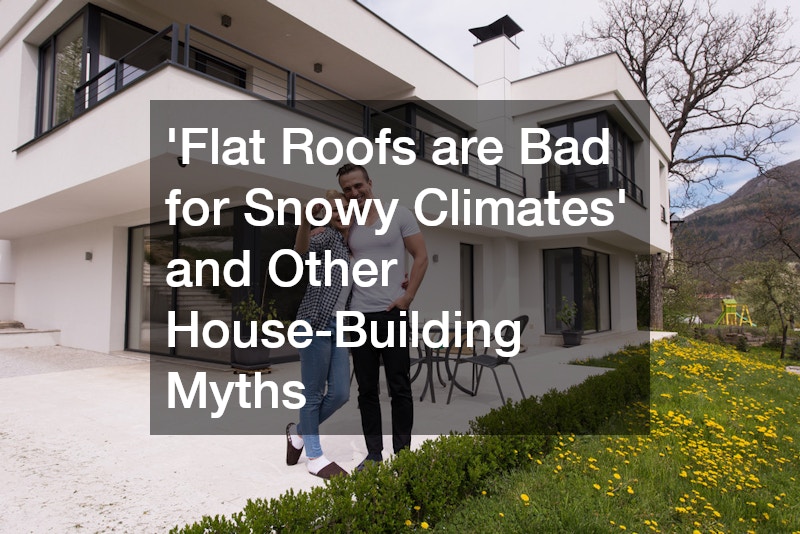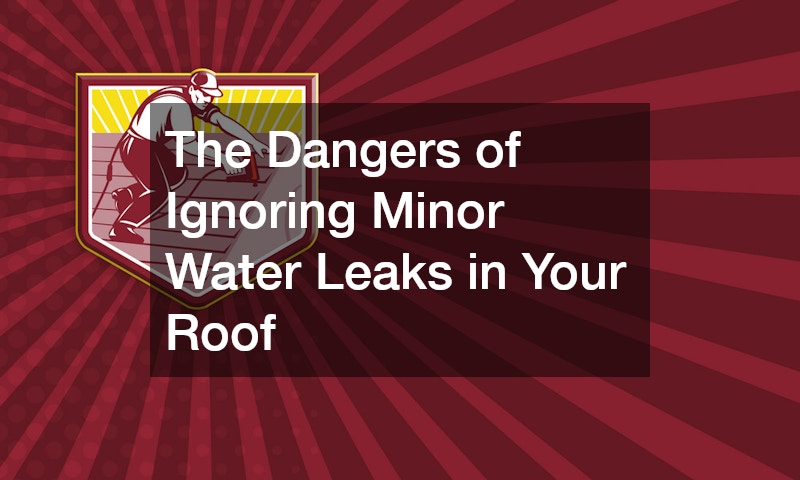Flat roofs have often been dismissed as unsuitable for snowy climates, but advances in design and materials have debunked many misconceptions. Here, we explore common myths about flat roofs in snowy environments and provide practical advice for homeowners considering this modern roofing option.
Flat roofs can’t support heavy snow loads
- Fact: Properly designed flat roofs can support snow loads just as effectively as pitched roofs. The critical factor is ensuring the structural framing can handle the local snow load conditions.
- Explanation: Snow accumulation can add significant weight to a roof, but all structures, including flat roofs, are designed to support various loads like wind, seismic activity, building weight, and occupancy. In fact, snow is one of the easier loads to design for.
The depth of the structural framing often coincides with the amount of insulation required, providing additional support and insulation.
- Advice: Collaborate with architects and engineers to ensure the flat roof design meets or exceeds local building codes for snow loads. Utilize framing depths that accommodate both structural support and insulation, creating an energy-efficient solution for your home.
Flat roofs are more prone to leaks
- Fact: Both flat and pitched roofs can leak if not properly designed and installed. A well-constructed flat roof can offer equal or superior weather resistance compared to a pitched roof.
- Explanation: The misconception stems from the idea that water can pool on flat roofs, leading to leaks. However, with proper design, including a slight pitch for drainage and high-quality waterproofing materials, flat roofs can be highly effective at keeping water out. The key is meticulous planning and execution during construction.
- Advice: Design the flat roof with complete waterproofing in mind, similar to how a pool is designed. Ensure your architect creates a plan where water can be traced from the roof surface to the ground without interruption. Hire experienced contractors who specialize in flat roof installations and use top-tier materials to minimize the risk of leaks and reduce the need for frequent roof repairs.
Flat roofs are more expensive than pitched roofs
- Fact: Flat roofs can be more material-efficient and cost-effective, depending on the materials used and the design specifics.
- Explanation: The cost of a roof is not solely determined by its pitch but also by the materials and labor required. Flat roofs often require fewer materials for the actual roof assembly, which can lead to cost savings. Additionally, the space under a flat roof can be fully utilized for living or storage, making heating and cooling more efficient.
- Advice: Compare the costs of different roofing materials and designs. Consider the long-term savings from efficient space utilization and reduced heating costs. Evaluate the total cost over the roof’s lifespan, including potential savings on heating, cooling, and space efficiency.
Flat roofs are completely flat and don’t drain well.
- Fact: Flat roofs are designed with a slight pitch to allow for proper water drainage, typically a minimum of one-quarter inch per foot.
- Explanation: The term “flat roof” is somewhat misleading. All flat roofs have a slight pitch to ensure water does not pool on the surface. This pitch can be achieved using tapered insulation or other techniques to direct water towards drains or scuppers, effectively managing runoff.
- Advice: Incorporate tapered insulation to create the necessary pitch for drainage. Plan for multiple drains or scuppers to ensure efficient water flow. Ensure overflow mechanisms are in place, such as additional drains or scuppers above the main drainage points, to handle heavy rainfall or snowmelt.
Flat roofs are maintenance nightmares
- Fact: Flat roofs require regular maintenance, similar to any other roof type. Proper design and routine care can minimize maintenance needs.
- Explanation: Like all roofs, flat roofs need regular inspections and maintenance to ensure longevity. This includes clearing debris from drains and scuppers and checking the roof membrane for damage. Proper design should minimize these tasks, making them straightforward and manageable.
-
Advice: Schedule routine inspections to clear debris and check for damage. Regularly maintain drains and scuppers to prevent clogs. Address any issues promptly to avoid more extensive roof repairs. With the right approach, maintaining a flat roof can be as simple as maintaining a pitched roof.
Flat roofs, when properly designed and maintained, can be a viable and aesthetically pleasing option in snowy climates. They offer unique benefits, such as material efficiency and space utilization, that make them worth considering. By debunking these myths and understanding the realities of flat roof construction and maintenance, homeowners can make informed decisions and enjoy the modern appeal of flat roofs even in snowy regions.
.





